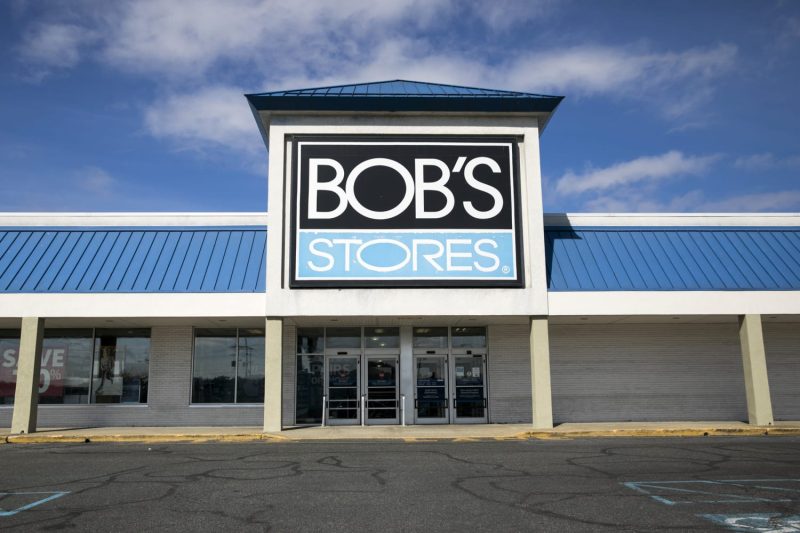Bob’s Stores Closing After 70 Years: A Reflection on the End of an Era
The retail industry has been experiencing significant shifts in recent years, as online shopping and changing consumer preferences have reshaped the way people shop. Bob’s Stores, a well-known clothing chain that has been a staple in many communities for 70 years, recently announced that it will be closing its doors for good. This closure marks the end of an era for the beloved brand and raises questions about the future of traditional brick-and-mortar retail stores.
Founded in 1950, Bob’s Stores quickly became a go-to destination for affordable and stylish clothing for the whole family. With a wide range of products, including apparel, footwear, and accessories, the chain built a loyal customer base over the decades. However, despite its long-standing presence in the retail industry, Bob’s Stores struggled to adapt to the changing landscape of retail in the digital age.
One of the main reasons cited for Bob’s Stores’ closure is the rise of e-commerce giants like Amazon, which have revolutionized the way people shop. With the convenience of online shopping and the ability to compare prices and products with just a few clicks, many consumers have shifted their shopping habits away from traditional brick-and-mortar stores. This shift has put pressure on retailers like Bob’s Stores to compete in an increasingly crowded and competitive market.
In addition to the rise of e-commerce, changing consumer preferences have also played a role in the decline of Bob’s Stores. Today’s shoppers are more interested in experiences and personalized services, rather than just products. They seek out brands that offer a unique and engaging shopping experience, whether it’s through interactive online platforms or in-store events and promotions. Bob’s Stores, with its more traditional approach to retail, struggled to keep up with these changing demands.
The closure of Bob’s Stores serves as a reminder of the challenges facing traditional retail stores in today’s fast-paced and ever-evolving market. As more consumers turn to online shopping and demand personalized experiences, retailers must find new ways to engage with customers and stay relevant. This may involve investing in digital technologies, enhancing the in-store shopping experience, or rebranding to appeal to changing consumer preferences.
While the closure of Bob’s Stores represents the end of an era for the beloved clothing chain, it also signals a new chapter in the retail industry. As brands adapt to meet the demands of modern consumers, we can expect to see more changes and innovations in the way we shop. Whether it’s through online platforms, immersive in-store experiences, or a combination of both, the future of retail is sure to be dynamic and exciting.
